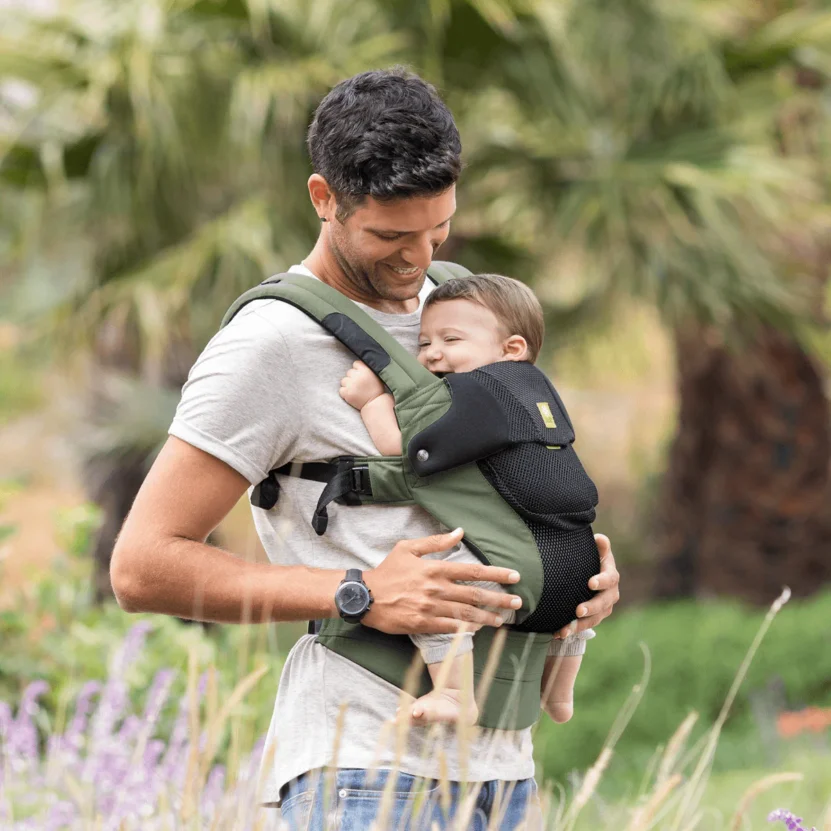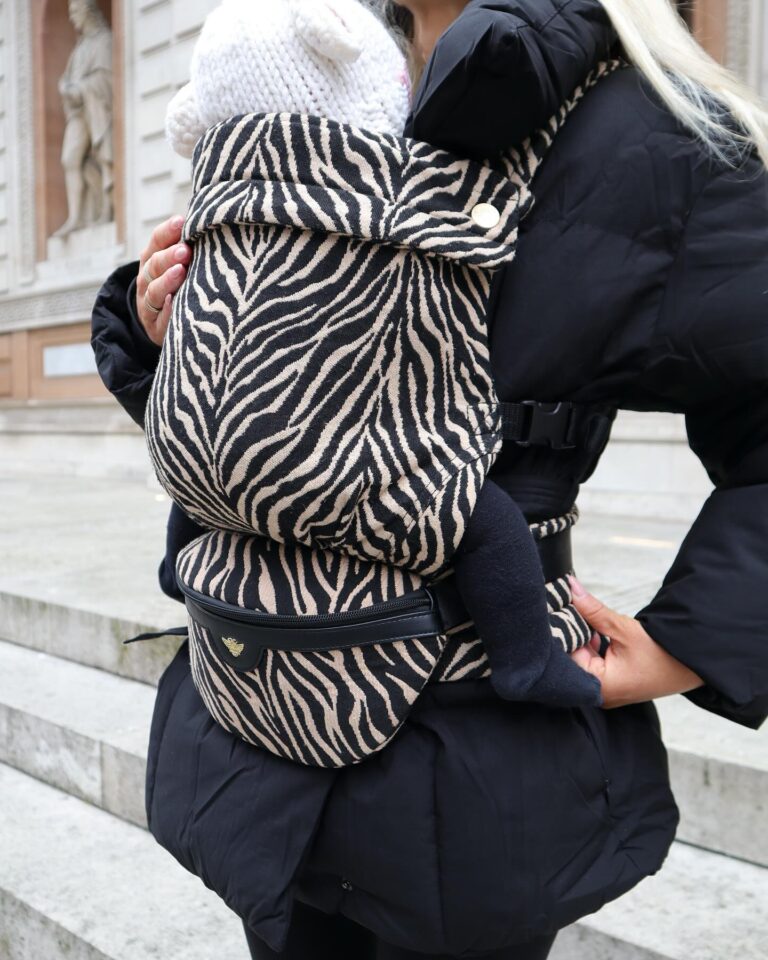Traveling with little ones can feel like a daunting task, especially when naps are involved. You may picture peaceful snoozes in a stroller, but the reality often looks more like overtired meltdowns.
Fear not—there are ways to help your child rest while you’re on the move. Let’s explore them together.
Key Points:
- Plan your day around natural nap rhythms.
- Use familiar items to create a cozy nap setup.
- Portable gear can make all the difference.
- Flexibility and patience are key.
Nap Time on the Move

When you’re not at home, routine takes a backseat. Timing naps perfectly while exploring a new destination feels impossible. What can help? A must-have for parents, like baby carriers, keeps your little one close and cozy, making naps on the go feel safe and familiar.
Practical examples:
- Strolling through a quiet garden while your child relaxes in the carrier.
- Exploring a museum, hands-free, as your little one rests.
Motion often provides the soothing touch needed for rest. If walking doesn’t help, car rides or public transport might be the next best thing.
Pro tip: Always choose ergonomic carriers with proper support for both you and your child.
Packing Smart
Preparation starts before you leave the house. Think about comfort and familiarity. Bring along:
- A favorite blanket or stuffed toy ─ Familiar textures and scents ease the transition to unfamiliar places.
- Portable blackout curtains ─ Attach them to hotel windows for a dark, nap-friendly space.
- Noise machines or apps ─ Mimic home sounds to block out distractions.
Key benefits:
- Familiarity reassures children, making naps easier to achieve.
- Portable items save you from bulky gear, perfect for light travelers.
Practical tip ─ Create a dedicated “nap kit” with essentials packed together. It saves you time when you’re on the go.
Adapting to Time Zones

Long-distance trips bring challenges, especially adjusting to different time zones. Start by syncing with the new schedule a few days early. Gradually shift bedtimes and meal times at home. Once you arrive, expose your child to sunlight during the day to help reset their internal clock.
Recommendations for easing adjustments:
- Begin with short naps to bridge the time gap.
- Stick to the new local schedule as much as possible.
- Use daylight to help regulate the body’s rhythm.
Be patient. The first couple of days may feel chaotic, but a new rhythm will emerge.
Using the Power of Motion
Many parents swear by motion. Long walks in a stroller or drives on scenic roads often lull kids to sleep. Opt for gear that ensures comfort and safety. Reclining stroller seats, soft carriers, and lightweight bassinets fit the bill.
Pro tips:
- Check for strollers with adjustable recline and good head support.
- Avoid bumpy paths that may disturb rest.
- Keep snacks and water handy for quick parent breaks.
Short naps during motion are common but don’t rely solely on movement. Alternate between stationary and on-the-go options for longer trips.
Tips for Public Spaces

Crowded places add stress to nap routines. Create a calm bubble wherever you go.
Practical advice for airports, stations, and crowded spaces:
- Locate quiet corners ─ Many airports have family lounges or designated child areas.
- Use sound-blocking tools ─ Noise-canceling ear muffs or a familiar lullaby on headphones can help.
- Pack distractions ─ Quiet toys or picture books give parents a moment to settle their child.
Example: In a busy train station, find a bench in a less crowded area and shield your child with a stroller canopy. A simple nap setup can work wonders, even in bustling environments.
Creating a Nap Schedule on the Go
Travel doesn’t mean giving up on structure. A loose schedule helps maintain a sense of predictability for both you and your child. Pay attention to their natural nap cues, like rubbing eyes, yawning, or sudden crankiness. Once you identify their sleep windows, plan your activities around those times. It might mean pausing sightseeing for a quiet moment, but it’s worth it to avoid overtired meltdowns. A little flexibility paired with observation ensures that naps can fit into your travel adventures.
If you have a long car ride or plane trip, use that as nap time instead of forcing a separate rest period. For days with lots of exploration, consider quieter activities like a scenic train ride or a peaceful walk during their nap window. The key is not to over-schedule.
Prioritizing Comfort Over Convenience

It’s tempting to prioritize packing light or rushing routines when on the move, but comfort should always come first. For instance, while a travel crib or extra blanket might seem like extra baggage, they could save you hours of soothing a fussy child. Familiar items like a plush toy, a soft sleep sack, or even a favorite pillowcase can create a comforting nap space wherever you go. When your child feels secure, they’re more likely to relax and rest, making travel smoother for everyone.
Comfort also extends to their surroundings. Don’t shy away from investing in quality gear like a reclining stroller or a breathable carrier. These tools allow for safe, comfortable naps while giving you the freedom to keep moving. By choosing comfort over convenience, you’re setting yourself up for fewer disruptions and more enjoyable moments on the road.
Balancing Your Needs with Theirs
Traveling with kids can feel like a constant juggling act, but it’s essential to remember your needs too. A well-rested parent handles surprises much better. Use your child’s nap times to recharge, enjoy a quiet coffee, or catch up on a book. When you’re refreshed, you’re better equipped to meet the challenges of travel with a clear head and calm demeanor.
Striking a balance means knowing when to compromise. If your little one naps best in a quiet space, adjust your plans for those key moments. On the other hand, if a missed nap happens, don’t stress. Use distractions like a new toy or a favorite snack to keep everyone content until bedtime. Both your needs and theirs deserve attention, and finding harmony ensures a more enjoyable trip for everyone involved.
Staying Flexible

Some days will go smoothly. Others might not. Your goal is to meet your child’s needs without sacrificing every plan. If a nap happens during lunch, don’t worry. Take that quiet moment to enjoy your meal.
Pro tips for managing expectations:
- Keep plans loose to allow room for unexpected naps.
- Use delays or travel downtime as an opportunity for rest.
- Avoid stressing over skipped naps—it’s temporary.
A flexible mindset can transform your trip from stressful to enjoyable.
Quick Encouragement for Parents
You’re not alone in this journey. Other parents understand the struggles of balancing naps and adventure. Perfect rest isn’t always possible, but small wins count. Be proud of your efforts, and give yourself grace on the tough days.
Light humor reminder: If your little one decides to nap in the middle of a museum floor, remember—it’s their world; we’re just traveling through it.









